-
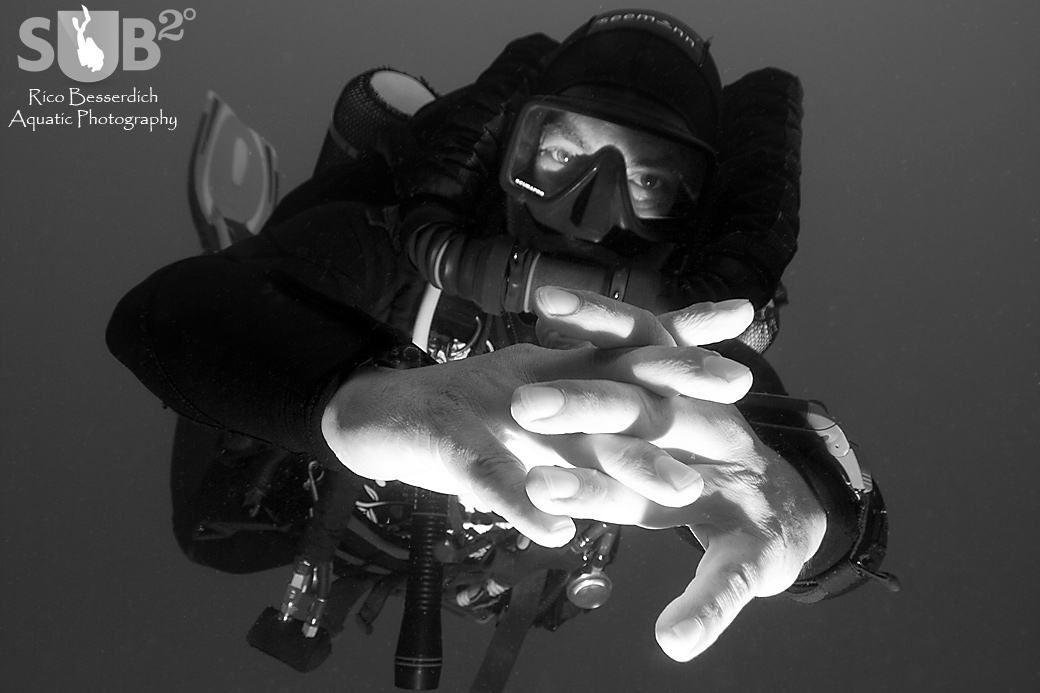
Rebreather
Not the best image for a magazine or competition, but the hands "touched" me... so this photo survived the selection process. -
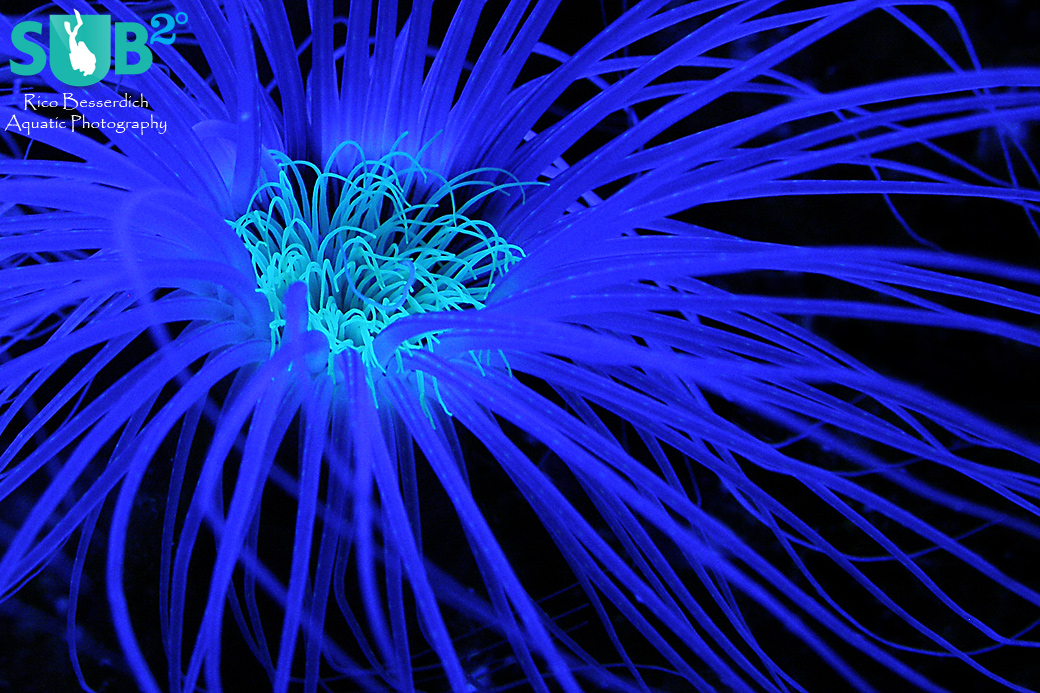
Anemone
One of my very first underwater photographs. Lots of technical problems in this one, but it comes with an expression, so I kept it. -
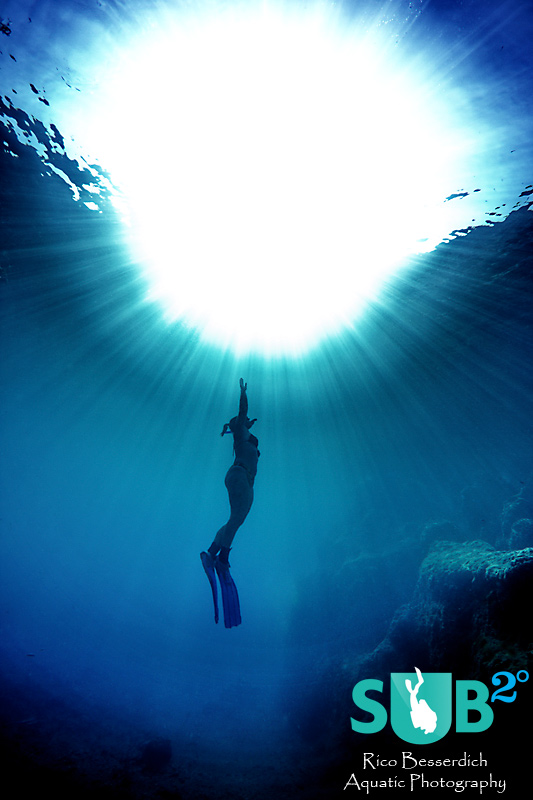
The Freediver
Believe it or not but I was about to delete that one! My girlfriend ( and the model in the pic ) said "no" and it is now my most exhibited photo ever ;-) -
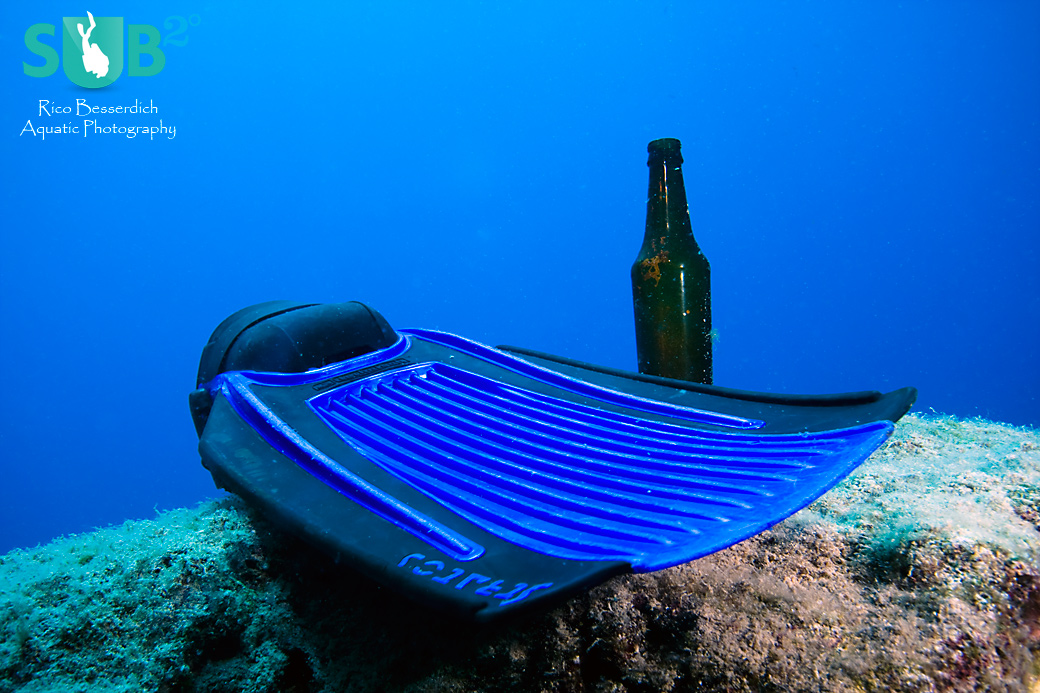
Fin & beer bottle
The most boring dive of my life. Found a rock and a beer bottle. Added my own fin to have at least 1 more subject in the picture. Not suitable for competitions but I've kept it as a personal memory. -
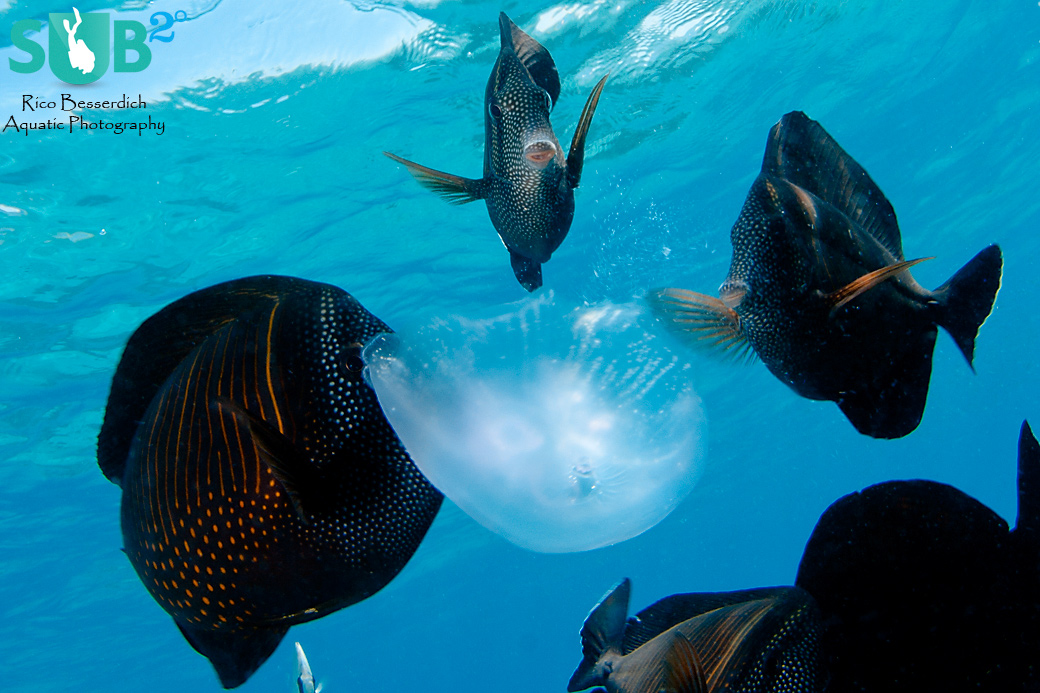
Supper Time
Technically not so ideal ( jellyfish not in focus ) but the photo tells a story. So I decided to keep it.
Which One is Good? The Curse of Image Selections
Most of the people who like underwater photography do not go out diving with their camera every day. Often it is a trip to somewhere nice, well planned, well paid as well, and usually somewhat between 5-14 days of duration.
Only very few fully professional underwater photographers do a few hundred dives a year; for the majority, it is more something between 30-50.
Keen on using given opportunities and limited time to the maximum, loads of underwater images are made. A 5-day dive trip can very easily result in an outcome of 2000 plus photos. An intensive dive vacation of, let's say 10 days, with lots of dives could fill your hard disk with 10,000 photos. That's a lot of stuff to look at! And there starts the problem....
When beginning with underwater photography, we usually find almost every photo just "great". It’s very good to be proud of first results. It is a good feeling and everyone deserves it, no doubt! But with time, the number of images stored on our hard disk increases rapidly, and sooner or later we will need to clean up.
Many UW shooters struggle with selections, or better to say, with the question "Which one is good?" I would like to give you a little hand here with a checklist that might help your decision about what to keep and what to delete.
Important note
Never delete images from your camera while underwater, for e.g. when reviewing your photos during your safety stop. Any camera's LCD screen gives you only a small preview of the image and is in no way designed for proper image review and analysis.
What might look lousy on the LCD screen on a first view might still have a great potential. If not urgently necessary, you better not delete any images at all directly in your camera (whether underwater or above) unless they are totally black, or totally white.
The only effective way to review underwater images for selection is to view them on a computer screen. It is cheaper to buy a memory card with proper capacity than traveling again to that exotic place where you mistakenly deleted the "shots of the shots" while hanging around at the 5 meters during your safety stop ;-).
1. Exposure check
Many, not all, underexposed (too dark) photos can be recovered during postproduction, especially when shot in RAW. If the photo is too dark but is, in some way special to you, keep it for now; at least for a second round of selection.
If a photo has massive burned out areas (100% white, like huge white sunballs in wide-angle scenes) there is nothing to recover – white will stay always white. So this is then a case for the garbage box. If unsure, leave it for now. Proper image selection should always happen over several rounds, preferably spread over a few days.
2. Sharpness check
A really blurry photo can't be altered into a crisp sharp one. Get rid of the very blurry images.
3. Color check
If your strobe misfired (slow strobe recycle time, weak batteries, cable problems) while shooting in deeper waters, there will be no colors available to restore in the image. Garbage can then. White balance (RAW) and fixing of slight colorcasts is a different story. This you can do during postproduction so keep those images.
4. Expression check
Does the image touch you? Do you like it, even though it has some "problem zones"? Keep it then. Photos that appear to you as "senseless” go straight in the garbage can. If unsure, leave them for now (at least for a second round of selection).
5. Duplicates check
If you have a lot of photos of one and the same subject - your favorite anemonefish perhaps? - And all those photos successfully passed the "checkpoints" 2-5 (above), keep them for now. Often there are very small details that make one image better than the other. When looking quickly through photos, we often tend to overlook important details. Photos that look like duplicates to us should be kept for a 2nd or even 3rd round of selection.
6. Mood check
Don't like a photo because it has significant "problems" (see checkpoints 1-5) and therefore, you want to kick it in the garbage can, or because you had a bad day and simply want to kick everybody and everything in the garbage can? Yes, I know about those days ;-)
Mood and all the ups and downs in life affect our selection process. Also, we are just human and not always logical; one day we like a photo, another day we despise it. Give it a break if it is one of those "strange days" and look at the pictures another day.
Besides any analytic reviews, most importantly is that you like your photo!
Further Reading
Featured Posts
-
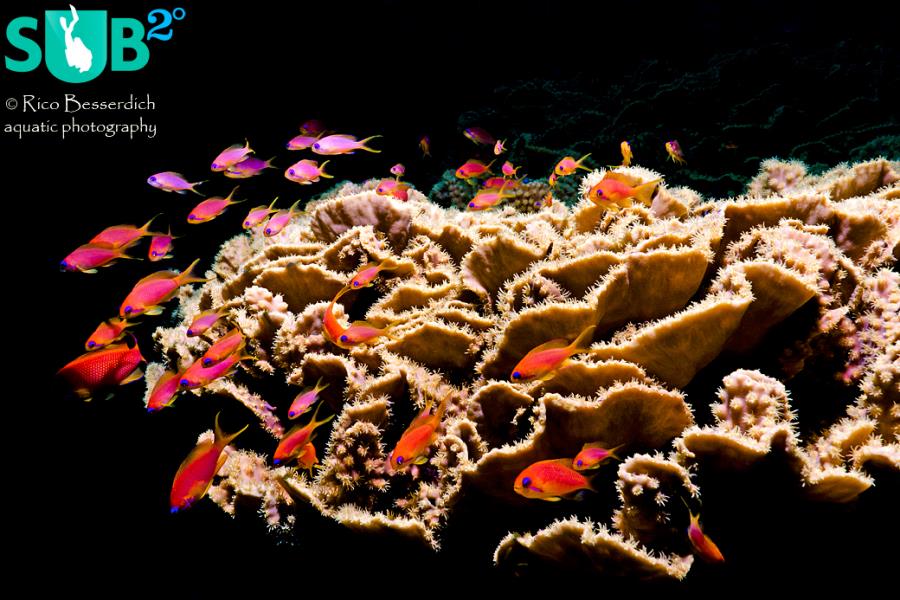
Please "Like" My Photo!
Once you've made some cool underwater shots, you would love to have more people notice your photos, for example by sharing them on Facebook. A path full of potential but lots of nasty obstacles on the way. Let's have a look!
-
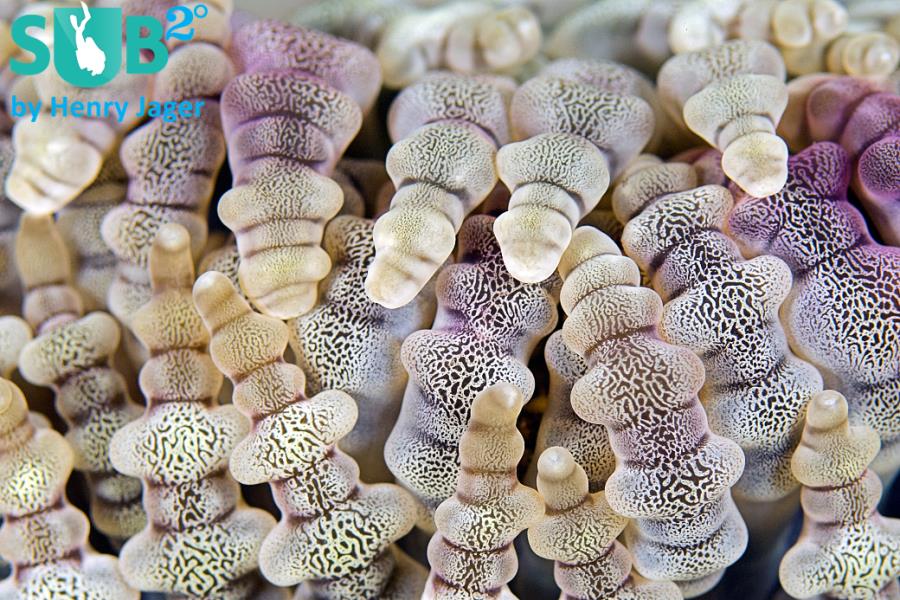
Reef-Art: Looking at the Reef...
Reef-Art shows fascinating insights to an underwater world, 99% of the divers never see. Reef-Art is the "Fine Art" of macro photography. It's a passion! The passion to bring your audience something they don't expect, they h...
-
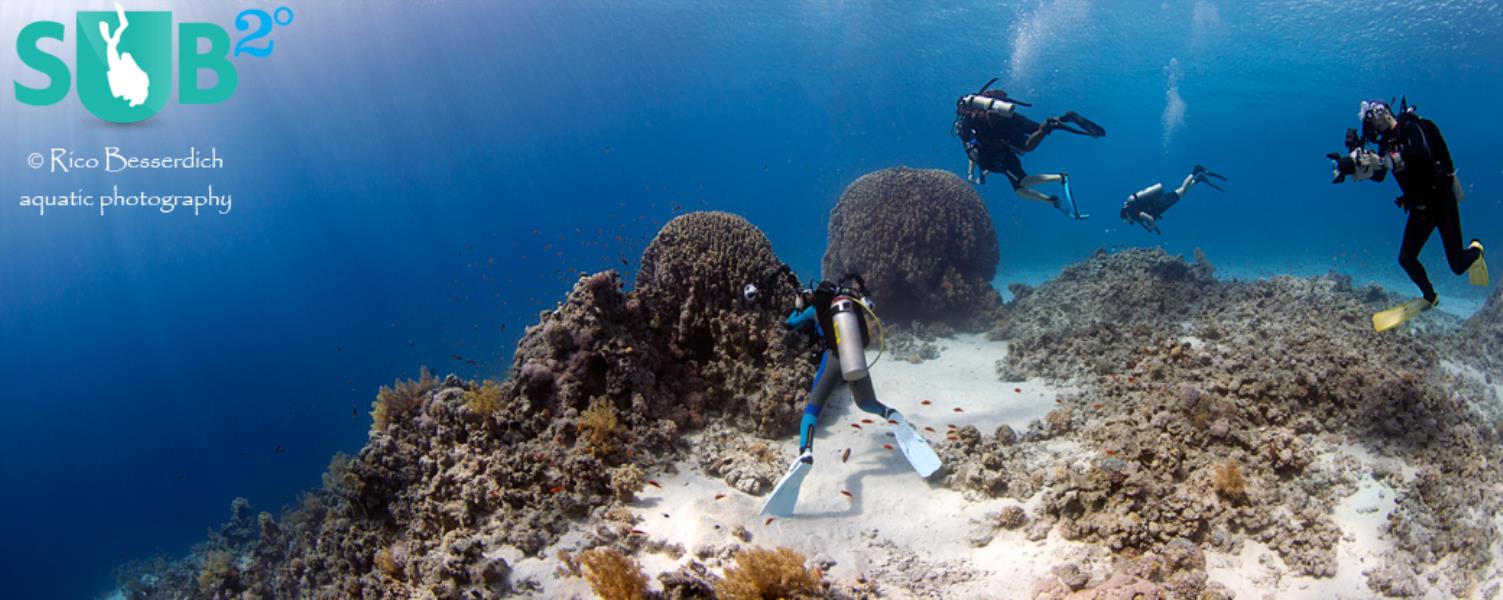
Underwater Photography: Shoot...
Are you ready for huge perspectives in your underwater photographs? Wide-angles are fine but do you want it even wider? Time to check out underwater panorama photography!
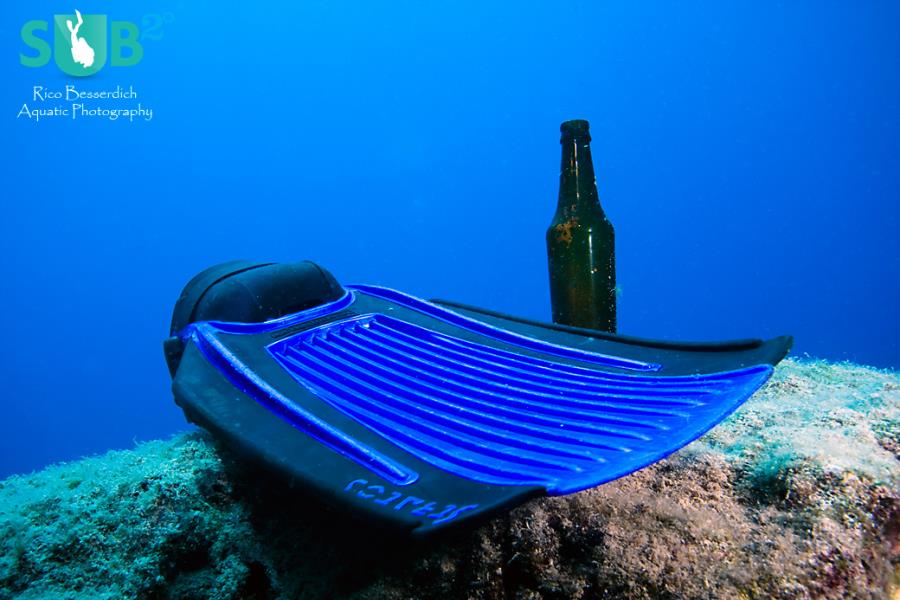

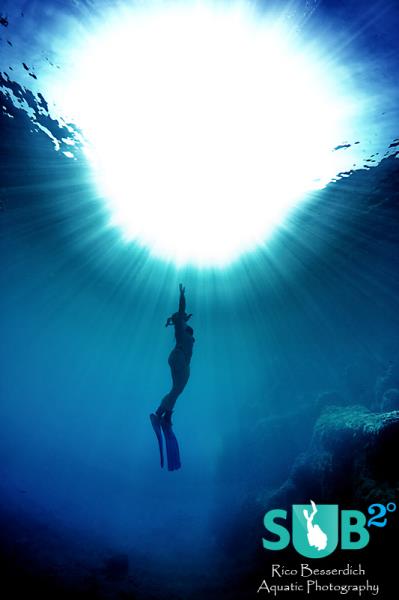
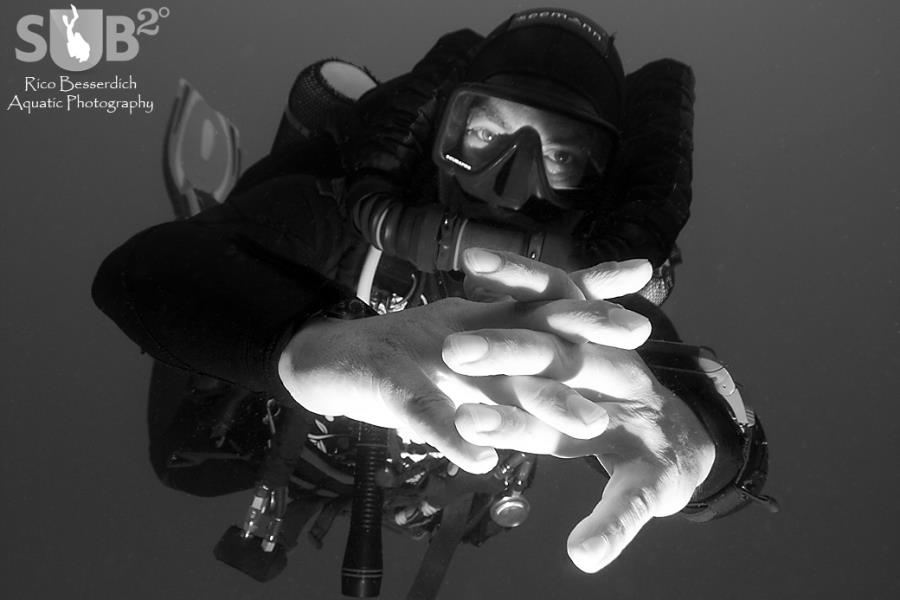
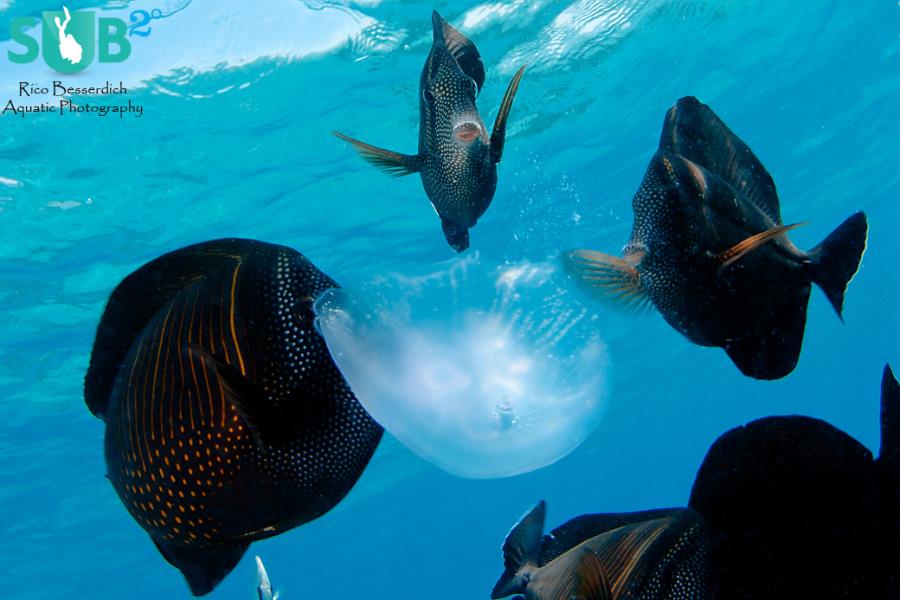


Load more comments